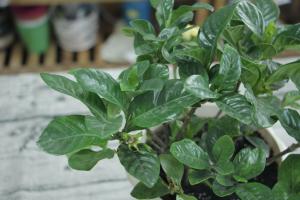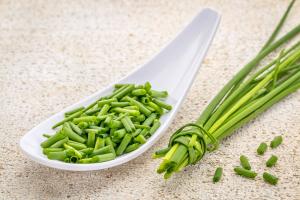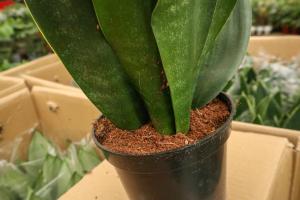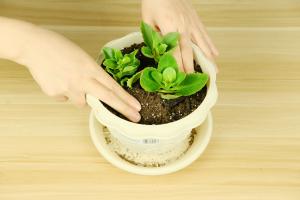Can You Keep Tomato Plants Indoors?
Tomatoes are a favorite among many gardeners because of their versatility and delicious flavor. But what about growing them indoors? Can you keep tomato plants indoors? The simple answer is yes, you can, but there are a few things you need to know to be successful.
Choosing the Right Tomato Variety
When growing tomatoes indoors, it's important to choose the right variety. Certain types of tomatoes are better suited for growing indoors than others. Determinate varieties, which grow to a smaller size of 3-4 feet and produce fruit within a specific period, are a great choice for indoor growing. Look for compact varieties such as Cherry, Patio, or Tiny Tim which are ideal for small spaces.
Lighting Requirements
Tomatoes require a lot of light to grow and produce fruit. When growing tomatoes indoors, it's important to provide them with at least 6-8 hours of direct sunlight or artificial light per day. Use fluorescent grow lights or LED grow lights as a supplement to natural light to keep them healthy and growing strong.
Soil and Watering
The soil you use and the way you water your tomato plants are also critical to their success indoors. Use a well-draining soil mix like potting soil, vermiculite or perlite, and peat moss. Water your tomatoes regularly but do not overwater - tomatoes grown indoors are susceptible to root rot. Ensure good air circulation without chilling to discourage bacterial and fungal diseases.
Fertilization and Pollination
Tomatoes also require regular fertilization to grow and produce fruit when grown indoors. Use a balanced, slow-release fertilizer according to product instructions. Tomatoes that are grown indoors may not always have access to natural pollinators such as bees, so you may need to pollinate them yourself by gently tapping the flowers or using a soft brush to transfer pollen between flowers - this can improve fruit quality.
Harvesting and Enjoying Your Tomatoes
When growing tomatoes indoors, you can expect to harvest your ripe tomatoes within about 100-120 days after planting or less with bush varieties. You can pick them when they are fully red or orange and are soft enough to give slightly when gently squeezed. You can use them for salads, sandwiches, sauces, or even simply eat them fresh or roast them for a flavorful snack. Store unused tomatoes in a cool, dry place, and avoid refrigerating them unless they are overly ripe.
So, can you keep tomato plants indoors? Yes, you can with the right preparation and environment, and growing tomatoes indoors can be a fun and rewarding experience. Just remember to choose the right variety, provide them with plenty of light, use a well-draining soil, fertilize and pollinate them regularly, and enjoy the fruits of your labor.

 how many times do yo...
how many times do yo... how many planted tre...
how many planted tre... how many pine trees ...
how many pine trees ... how many pecan trees...
how many pecan trees... how many plants comp...
how many plants comp... how many plants can ...
how many plants can ... how many plants and ...
how many plants and ... how many pepper plan...
how many pepper plan...
































